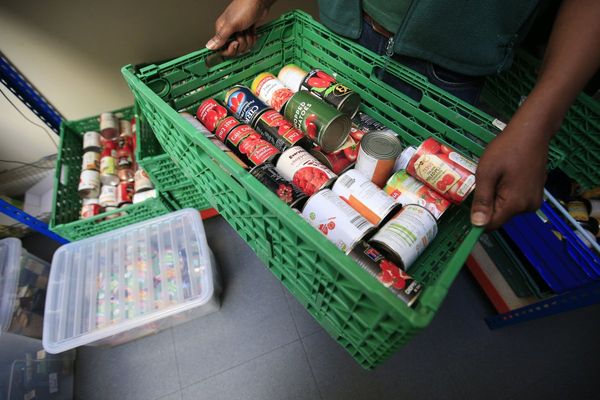
Recent developments in the oil industry have led to an increase in gas prices, marking the first time since late last year that prices at the pump are higher on a year-over-year basis. Industry experts anticipate this trend to persist in the coming weeks and months, particularly if Russian oil facilities continue to be targeted by drone attacks.
This surge in gas prices poses challenges for consumers as they head into the spring season. Additionally, it presents a hurdle for White House and Federal Reserve officials aiming to combat inflation effectively.
The spike in gas prices has already impacted inflation rates, with gas being a significant contributor to recent consumer price index and wholesale inflation reports.
Concerns about the Federal Reserve's ability to cut interest rates have also arisen, with expectations shifting from a potential March rate cut to possibly occurring in June or July.
The national average price for regular gas has reached $3.47 per gallon, up from $3.45 a year ago, marking the highest price since Halloween. Refinery maintenance, the switch to more expensive summer fuel, increased demand, and refinery outages due to extreme winter weather have all played a role in the price hike.
Recent drone attacks on Russian oil refineries amid the Russia-Ukraine conflict have further fueled gasoline and oil prices. Speculation suggests that Russia may need to import gasoline to meet internal fuel demands if attacks on petroleum infrastructure persist.
Global concerns about energy facilities extend to Houthi attacks on vessels in the Red Sea, leading to rerouted oil tankers and increased costs. US oil prices have risen to $81.70 per barrel, 20% higher than last year.
OPEC+ continues to limit supply to boost prices, with production cuts set to remain in place through June. While some states, like Michigan, are experiencing significantly higher gas prices, analysts do not foresee a drastic spike akin to mid-2022's national average exceeding $5 per gallon.
Despite these challenges, the US remains a leading oil producer, and OPEC+ stands ready to increase supply if necessary. Barring unforeseen events like a major hurricane impacting Gulf Coast refineries, experts do not anticipate gas prices reaching $4 per gallon this year.







